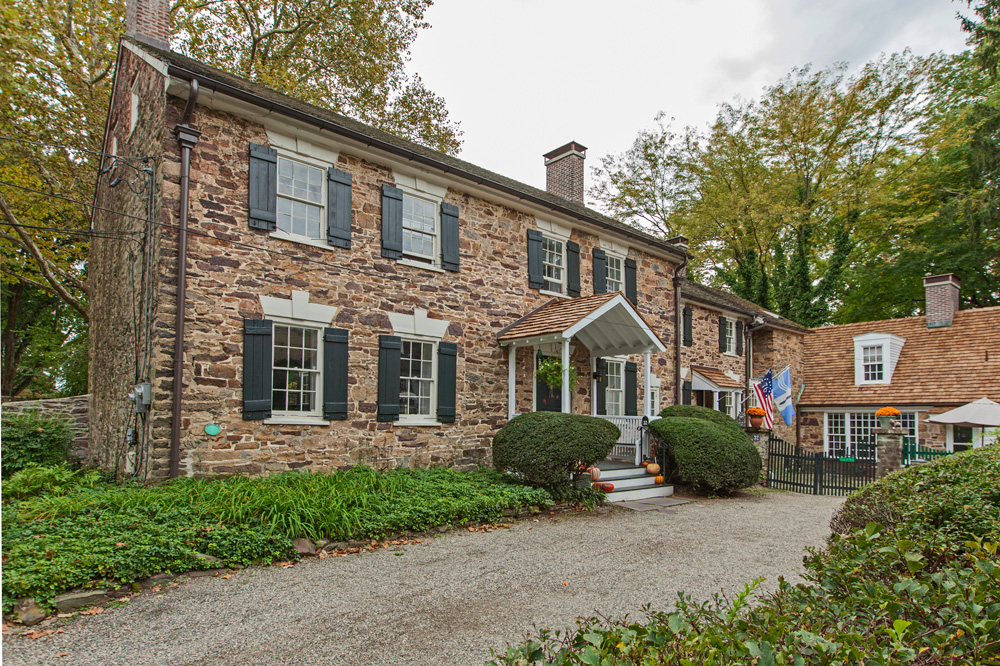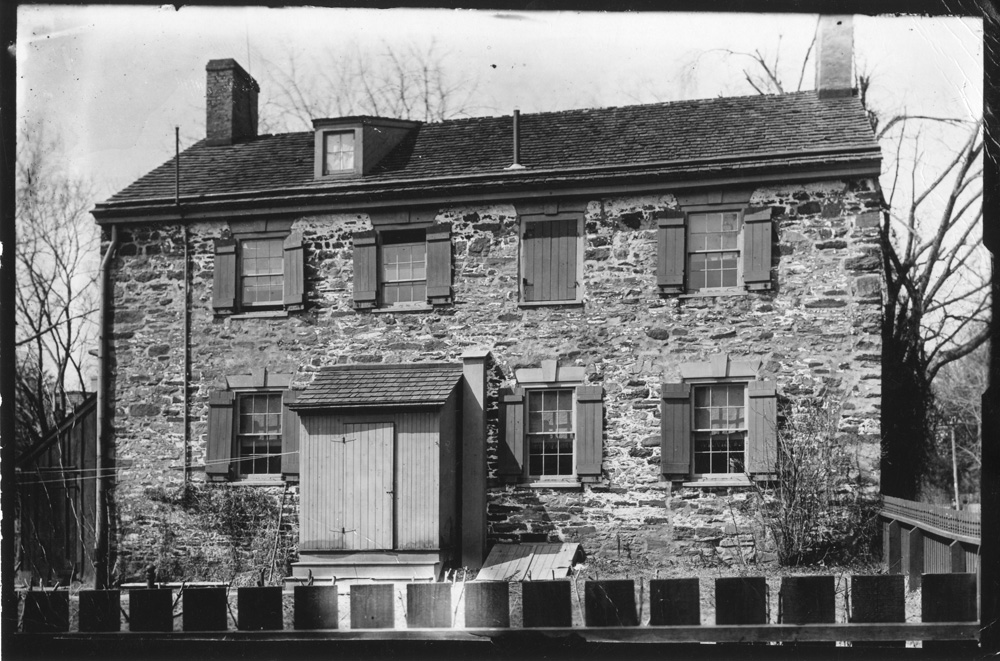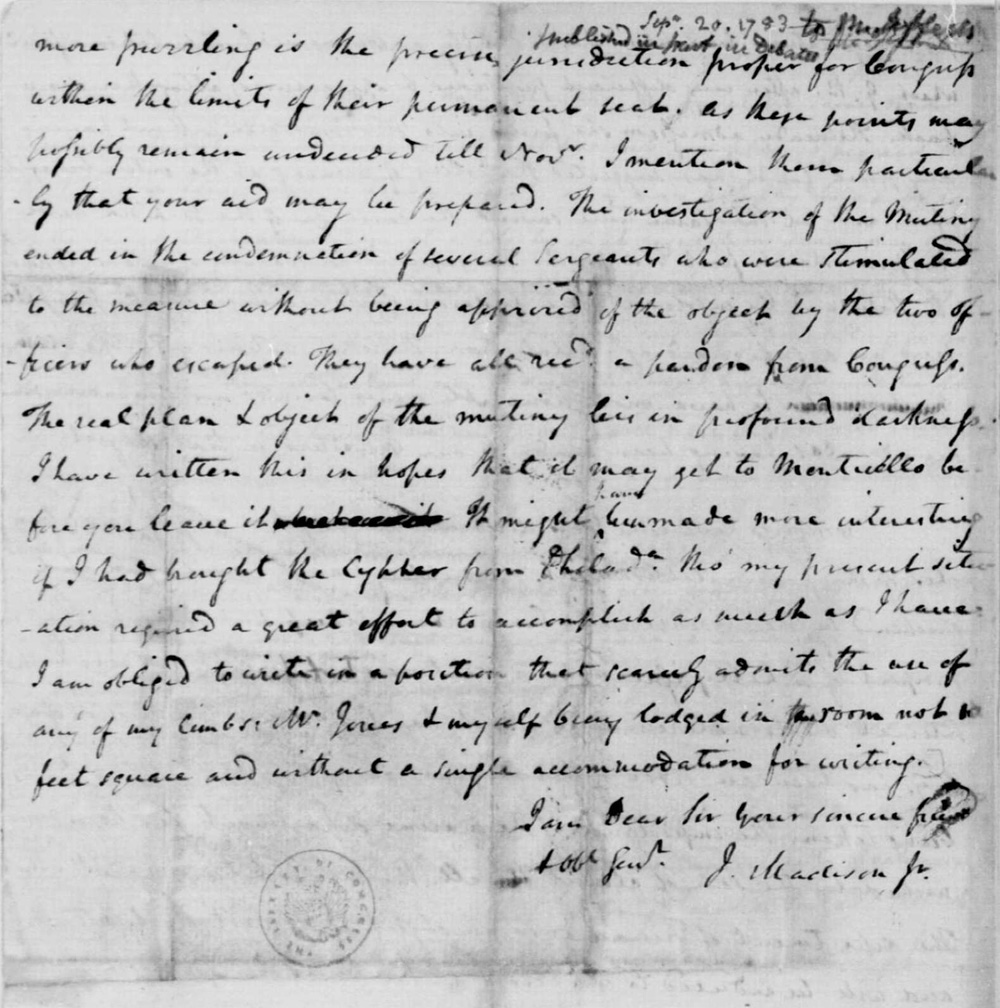
Photograph by Robert Manella, Callaway Henderson Sotheby's International Realty
Part of Early Stony Brook and The Emergence of Princeton Extravagance.

Photograph by Robert Manella, Callaway Henderson Sotheby's International Realty
Around 1684, Daniel Brinson built Princeton’s second European dwelling (after the Greenland-Brinson-Gulick House), which is still incorporated in the house before you. Shortly after, Brinson married Frances Greenland, the daughter of Princeton’s first European settlers, Henry and Mary Greenland. The couple later lived on Greenland’s farm, probably helping him run his tavern. They rented out this house to Richard and Susannah Stockton, new arrivals in the area, who bought the property from Brinson’s estate in 1696.
When Richard “The Settler” died in 1709, he willed the property to his young son John, a future county judge, Presbyterian convert, and early Trustee of the College of New Jersey (now Princeton University). John made significant additions to the house, symbolic of the next generation’s increasing comfort and wealth. Still, his son Richard, a distinguished Signer of the Declaration of Independence, chose to build his own newer, more lavish home on the property, Morven, rather than live in the house he inherited. Purportedly, Richard “The Signer” quartered troops here during the French and Indian War, earning the house its present nickname.
Between 1764 and the end of the century, the house had at least six additional owners, including a British Loyalist and the director of the first Princeton Fire Company. The latter owned seven enslaved people, who probably lived on the property. The Barracks also housed both James Madison and Alexander Hamilton when the Continental Congress came to Princeton in 1783. Commenting on the modest style of early Princeton dwellings, Madison wrote to Thomas Jefferson that the house was “without a single accommodation for writing,” and that he was “obliged to write in a position that scarcely admits the use of any of my limbs.”
Original Sections: In the eighteenth century, the Barracks was twice its current size. The western wing and the entry are modern additions.
Present Use: private residence

The Barracks, rear, circa 1904.
Collection of the Historical Society of Princeton

Letter from James Madison to Thomas Jefferson on September 20, 1783 describing the cramped conditions of the Barracks.
Library of Congress